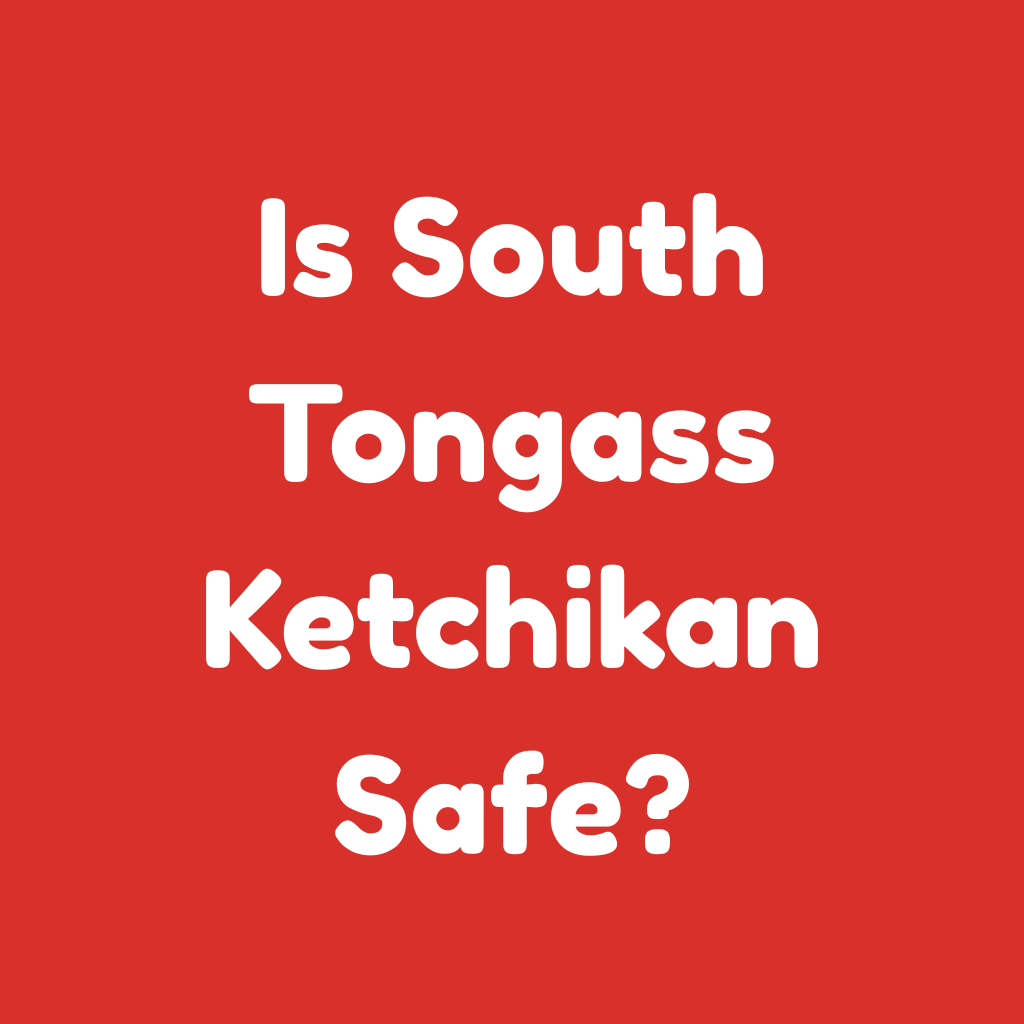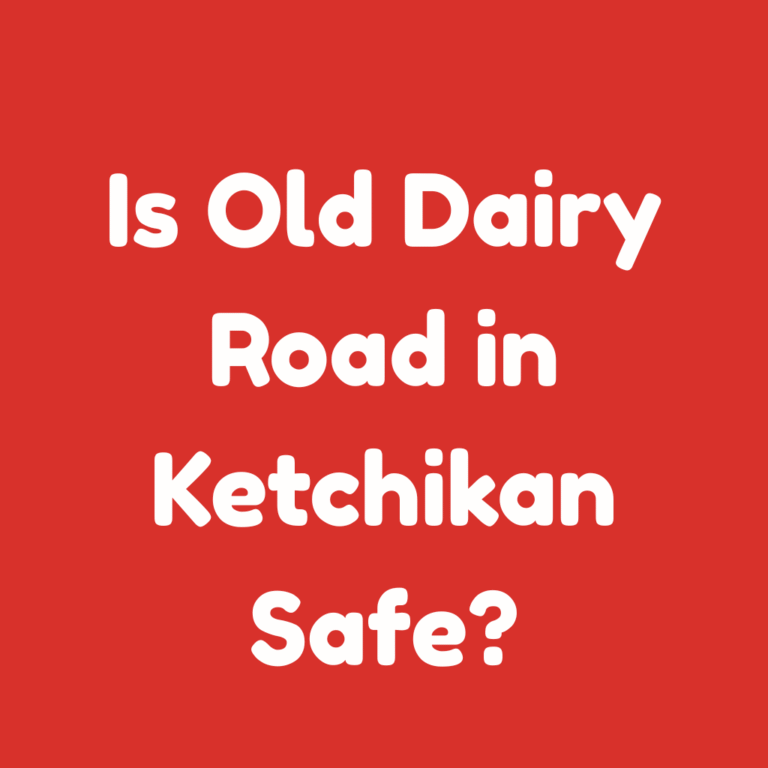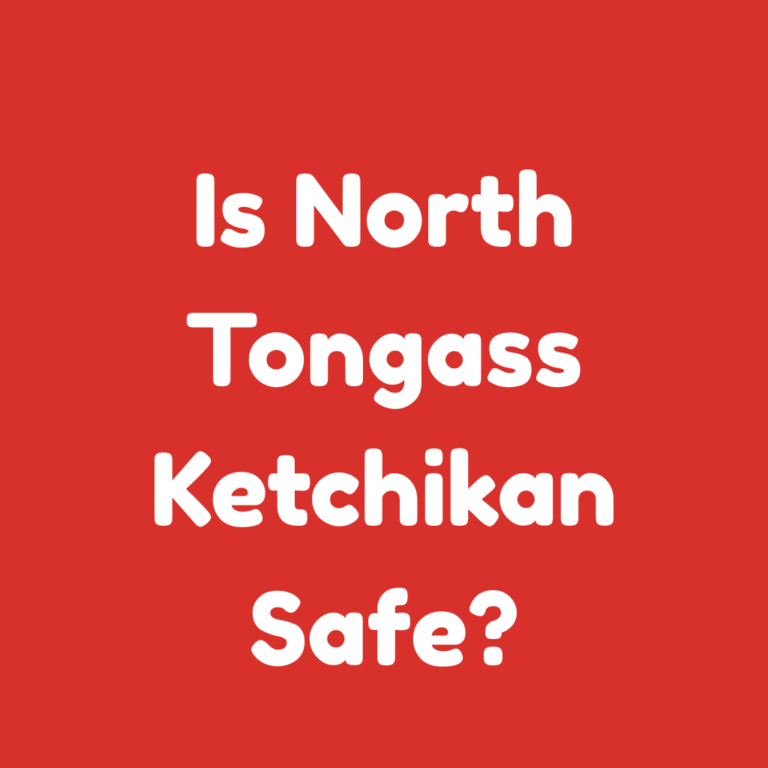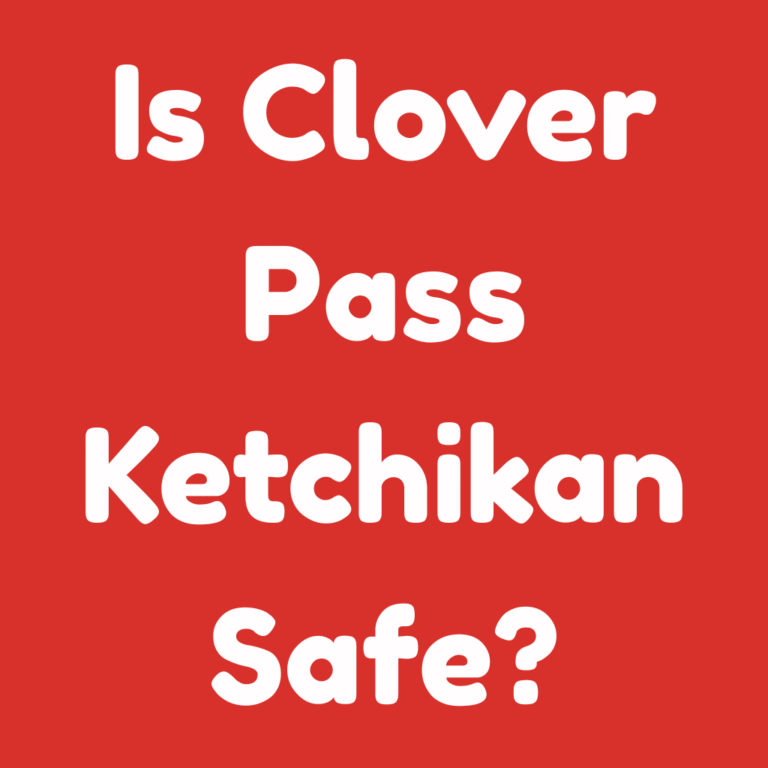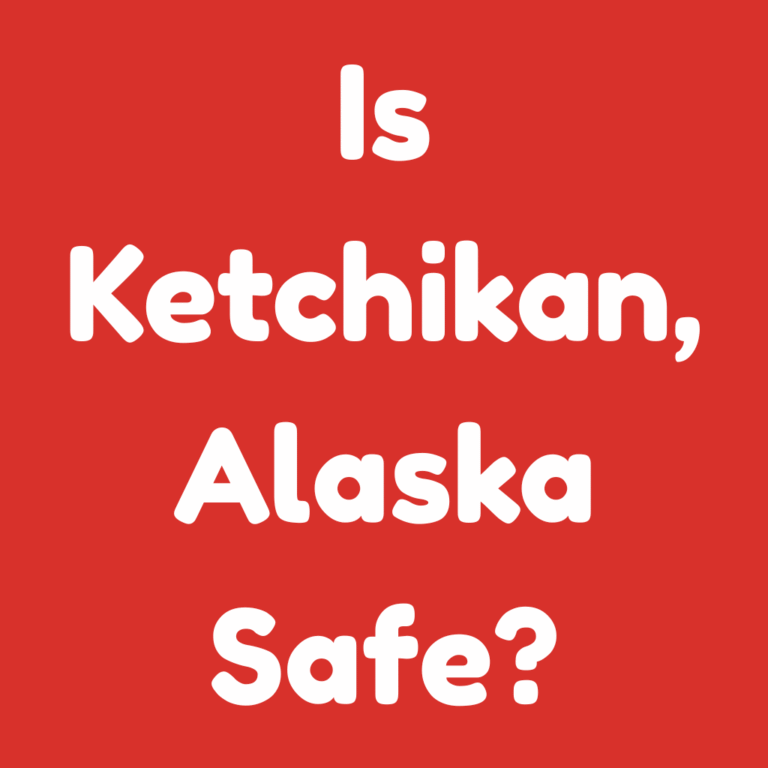Is South Tongass Ketchikan Safe?
When you think of Alaska, a few things probably come to mind snowy landscapes, towering mountains, and rugged outdoor adventures.
But nestled in the heart of this majestic wilderness is a hidden gem: South Tongass in Ketchikan.
A destination known for its untouched beauty and serene nature, South Tongass has a lot to offer. But, like any travel destination, one question lingers in the back of many minds: Is it safe?
I’ve had the opportunity to visit this stunning part of Alaska, and while the beauty and calm might make it seem like a perfect getaway, there are still safety considerations to keep in mind.
In this blog, I’m going to take you through everything you need to know about safety in South Tongass, from common concerns to personal experiences, and give you actionable insights to ensure your visit is not only enjoyable but also safe.
What Makes South Tongass a Safe Destination
When I first visited South Tongass, I was immediately struck by the tranquility of the area. The lush forests, the sparkling waters, and the crisp, fresh air made me feel like I had entered a different world.
In many ways, the low population density of Ketchikan and its surrounding areas, including South Tongass, contribute to a safer environment.
1. Low Crime Rates
South Tongass, like many rural and remote areas, experiences lower crime rates compared to urban settings.
According to recent local statistics, violent crimes in Ketchikan are rare, and property crimes, while they do exist, are relatively few.
The tight-knit community in South Tongass plays a role in fostering a sense of security among residents and visitors alike.
2. Natural Protection
While the wilderness can be intimidating, it also provides a layer of protection. The remoteness of South Tongass means there’s limited access to some of the common risks found in busier tourist spots.
In short, there’s a sense of isolation that helps reduce certain safety concerns.
3. Community Support
The people of South Tongass are welcoming, helpful, and generally kind-hearted. In a small community like this, you’re likely to feel a genuine sense of community where neighbors look out for each other.
Potential Risks to Consider
However, like any place, South Tongass does come with its own set of safety considerations. While the risks are relatively low, here are some of the things to keep in mind:
| Risk Factor | Impact | How to Stay Safe |
| Wildlife Encounters | Moderate | Always stay a safe distance away. Don’t provoke animals like bears or moose. |
| Severe Weather | High | Prepare for sudden weather changes. Always check forecasts and bring appropriate clothing. |
| Slippery Roads and Trails | Low | Wear proper footwear, especially during the rainy season. Exercise caution while hiking. |
| Limited Emergency Services | Moderate | Make sure you have emergency contacts and know the locations of nearby hospitals. |
Wildlife Encounters
In South Tongass, you might encounter bears, moose, and other wild animals. While these creatures tend to avoid human interaction, it’s important to remain cautious.
My personal experience involved a bear sighting while I was out for a hike along one of the forest trails.
I kept a safe distance and made sure to slowly back away, never turning my back on the animal.
Tip: Always carry bear spray when hiking, and avoid hiking alone, especially during dawn or dusk when wildlife is more active.
Severe Weather
The weather in Alaska can be unpredictable, and it can change rapidly, especially in the coastal areas like Ketchikan.
During my visit, I encountered a sudden downpour that made hiking trails slippery and dangerous. It’s essential to be prepared for such shifts, especially during the winter months.
Tip: Always check the weather forecast before venturing outdoors and pack weather-appropriate clothing. Rain gear and sturdy waterproof boots are a must.
Local Crime Rates and Community Feel
As mentioned earlier, the crime rates in South Tongass and Ketchikan are relatively low. Ketchikan, being a small town, has a well-established sense of community.
However, like any town, it’s not entirely immune to petty theft or vandalism. I recall chatting with a local shopkeeper who mentioned that during the tourist season, pickpocketing and minor thefts can occur, particularly in more crowded areas. But, on the whole, Ketchikan is considered one of the safer places in Alaska.
In my experience, the sense of security felt by most visitors comes from the slow pace of life in the area and the genuine friendliness of the locals.
Most people are more than willing to assist a lost traveler, and there’s a palpable sense of care that permeates the community.
Tip: Be mindful of your belongings in crowded areas. In rural settings like South Tongass, it’s also a good idea to lock your car and secure valuables.
Top Safety Tips for Your Visit
To make your visit to South Tongass as smooth as possible, here are some key safety tips:
1. Plan Ahead: Do your research and know what to expect when you arrive. Make a list of emergency numbers, including local hospitals and ranger stations.
2. Be Weather-Ready: Always carry weatherproof clothing and gear, including rain jackets, waterproof boots, and gloves if you’re traveling in the colder months.
3. Respect the Wildlife: While it’s tempting to get close to a moose or bear, remember that these are wild animals. Keep your distance, and don’t engage.
4. Travel in Groups: Whether hiking or exploring, it’s always safer to travel in groups. Not only does this help with safety in case of an emergency, but it also adds to the enjoyment of exploring the wilderness together.
5. Stay Connected: Cell service can be spotty in some areas of South Tongass, so make sure to let someone know your plans and estimated return time if you’re venturing into more remote locations.
Real-Life Experience: What I Learned from My Trip to South Tongass
As someone who enjoys outdoor adventures, my time in South Tongass was both thrilling and eye-opening.
One moment that stood out was when I ventured into the forest to photograph the local wildlife.
It was early in the morning, and the mist was still hanging in the trees. I heard rustling in the bushes and froze.
A few tense seconds passed before a bear appeared from behind the trees, its massive frame barely visible in the fog.
Thankfully, I had read enough about bear safety, and I calmly made my way back, making noise to alert the bear of my presence.
I can’t emphasize enough how important it is to respect the wild animals here they are beautiful creatures, but they can also be dangerous if you’re not careful.
Common Mistakes to Avoid
While safety in South Tongass is generally great, there are still a few common mistakes that could jeopardize your experience:
- Underestimating the Weather: Don’t make the mistake of thinking Alaska’s weather will always be mild. Be prepared for sudden changes.
- Not Carrying Bear Spray: Many visitors underestimate the importance of bear spray when hiking. Always carry it, and know how to use it.
- Ignoring Local Advice: The locals know the area better than anyone. Always heed their advice about trails, weather, and wildlife encounters.
Conclusion: Is South Tongass Safe?
To answer the question: Yes, South Tongass is safe, but like any destination, it requires some awareness and preparation.
The area offers stunning beauty, a welcoming community, and low crime rates, making it a wonderful place for those looking to escape into nature.
However, it’s essential to be prepared for the wilderness, respect local wildlife, and be ready for the unpredictable weather.
I hope this guide has provided you with the insights you need to plan a safe and enjoyable visit to South Tongass.
If you’ve been there before or are planning a trip soon, feel free to share your thoughts or ask any questions below!
FAQs About Safety in South Tongass Ketchikan
Q1: What is the best time of year to visit South Tongass?
The summer months (June to August) are ideal due to milder weather, but be prepared for rain year-round.
Q2: Is it safe to hike alone in South Tongass?
While hiking alone is generally safe, it’s always recommended to hike with others, especially in more remote areas.
Q3: What should I do if I encounter a bear?
Stay calm, do not run, and slowly back away while facing the bear. If the bear charges, use bear spray immediately.
